Introduction
Fashion is a very dynamic field of work. It changes in the blink of an eye and that is no exaggeration. In order to stay on top of user satisfaction and business dominance, one must know in advance what the market will need and demand from the fashion industry. Fashion designers, brands, fashion houses, big and small retailers spend billions of dollars in finding exactly what will sell in the market in the coming season, in order to maximise their profits. And this is where the role of trends and forecasting comes into play.
The study of trends and forecast in fashion holds a very important pillar place as it decides the making and breaking of the financial aspects of the business cycle to a very great extent. Thus, it becomes inevitable for everyone who wants to enter the business of fashion to learn how to decode fashion trend and be able to study and predict them. Knowing how to forecast the upcoming fashion needs of the world has a very significant career opportunity as well because business will pay high fees to these experts to analyze and minimize their investment risks.
This blog will explore the various realms associated with learning and understanding trends and forecast in fashion. From understanding the terms associated with trends and forecast to exploring the various tools needed to acquire the desired results, this blog will help you acquaint with everything. Let us now delve deep into the world of decoding trends and forecast in fashion.
Understanding Fashion Trends and Forecasting
What is a fashion trend:
Fashion trends refer to the prevailing styles, designs, and preferences that gain popularity and influence within the fashion industry and among consumers during a specific period. These trends usually include the core elements of the fashion industry i.e., clothes, colours, silhouettes, styles, patterns fabrics, accessories, footwear, and jewellery. Because of the very nature of fashion and how fast it changes, these trends also keep on changing.
A trend can be influenced by a number of factors like global cultural shifts, social movements, technological advancements, and world economic conditions. A trend can originate from anywhere in the world, including runway shows, street style, celebrity culture, social media, and consumer behavior. There a trend cycle, which like all other things have its highs and lows, which we will discuss in detail in another blog.
What is fashion forecasting:
The process of predicting future trends and developments in fashion which will include all the categories mentioned in trends. Fashion forecasting in itself is a scientific process where the analyst will study the previous year’s trends, current global socio-economic-financial conditions and based on the current global mood and events, will make predictions about the., clothes, colours, silhouettes, styles, patterns fabrics, accessories, footwear, and jewellery that will dominate the runways and everyone’s fashion aesthetics.
Whether you are a fashionable person or not, everyone is affected by the fashion forecasting trends. By staying ahead of trends and anticipating consumer demand, fashion forecasting enables businesses to capitalize on emerging opportunities, differentiate themselves from competitors, and maintain relevance in a fast-paced and highly competitive industry.
Role of fashion influencers and celebrities in trendsetting
Celebrities have always been considered as a major factor in trendsetting because of the influence they exert on the public psyche through their work. With the advent of the social media the influencer has also gained a status at par with the celebrities. Both these trendsetters, leverage their position among public to amplify trends and shape the consumer perception of that style. That is why one will notice the effort fashion houses, designers and fashion business’ in general will put in order to get any kind of association with these influencers. Because their endorsement often leads to increased visibility of a fashion product and ensue adoption by their followers or fans resulting in the creation of a trend.
Methods of Trend Analysis
Trend analysis is a complex science which encompasses various methods and approaches to understand and interpret shifts in fashion preferences and consumer behavior. Here are few methods that are practiced the world over:
Qualitative Analysis: Understanding subjectively how trends ‘trend’. It involves ‘observational research’ and trend spotting which is to keep an eye out for patterns and themes in cultural movements, art, music, and pop culture that influence fashion. This is generally achieved by studying street style, fashion blogs and social media to identify emerging trends.
Quantitative Analysis: While qualitative analysis is based on instincts, how accurately someone can spot a trend, the quantitative data speaks for itself. Studying sales data to identify bestselling products, popular styles help in identifying and predicting a trend. Similarly conducting surveys, focus groups and consumer interviews help in gathering consumer insights.
Trend Forecasting Models: These are scenarios and techniques that are created based on recurring trends in order to predict future patterns and correlations. To observe seasonal fluctuations in fashion choices and consumer demand. The scenarios are in large influenced by the regional reach of the market and the socio-economic mood of the global market.
Collaborative Approaches: These involve consulting with industry experts on trend forecasting and fashion insiders who with their experience can provide valuable insights and perspectives on emerging trends. Similarly brining cross-functional teams together to collaborate on trend analysis and forecasting. At times a direct engagement with consumer is also a tactic to used to predict the next big trend.
Trend Forecasting Tools and Resources
Because the importance that is placed on accuracy of the trend forecasting, there developed agencies which develop expertise in this field. These are professionals whose job is to anticipate the shift in consumer preferences and market demands in order to predict the next trends in the fashion industry. Leading trend forecasting agencies and platforms like WGSN, Trendstop, and Stylus provide invaluable insights into emerging trends, color palettes, and consumer behavior. By subscribing to these services, fashion brands gain access to comprehensive trend reports, forecasts, and data analysis, enabling them to make informed decisions about product development, marketing strategies, and brand positioning.
Another effective to study trends and develop a knack for forecasting is by doing case studies. By carefully observing which brands are following what strategies for their successful collections, one can create a correlation between accuracy of forecasting and market success of a collection. For example, Zara are effectively produced over 20,000 designs in a year and the rate of success of these designs is very high as they deliver these styles very early in the stage of trend setting. So by the time the trend becomes wide spread, the Zara product is already in the market, ready to be sold to the trend obsessed consumer.
Regional and Cultural Influences
Fashion is not a local phenomenon, rather it is an incredible international wave of connectivity that no one on the face of this planet is untouched by it. But this interconnectivity does not mean uniformity in fashion trends across the globe. As we have seen in past blogs about history and evolution of fashion, every region has a unique tase of their local culture that influences the fashion choices of that cultural region.
For example, the vibrant colors and intricate patterns of traditional Indian clothing contrast with the minimalist designs favored in Scandinavian fashion. Thus, fashion forecasting has to consider these diverse styles to cater to a global audience with varied tastes. Not only this, but cultural exchanges have always influenced fashion on the global stage. A very prominent example is the Sari that keeps inspiring international designers to create whimsically draped gowns.
Not just traditional cultures but the so called ‘street-cultures’ also have a very strong way of affecting the fashion trends. Fashion forecasters analyze street fashion and subcultures to identify emerging trends and understand the evolving tastes of urban youth culture. Influential cities like Tokyo, London, and New York serve as trendsetting hubs, influencing global fashion trends.
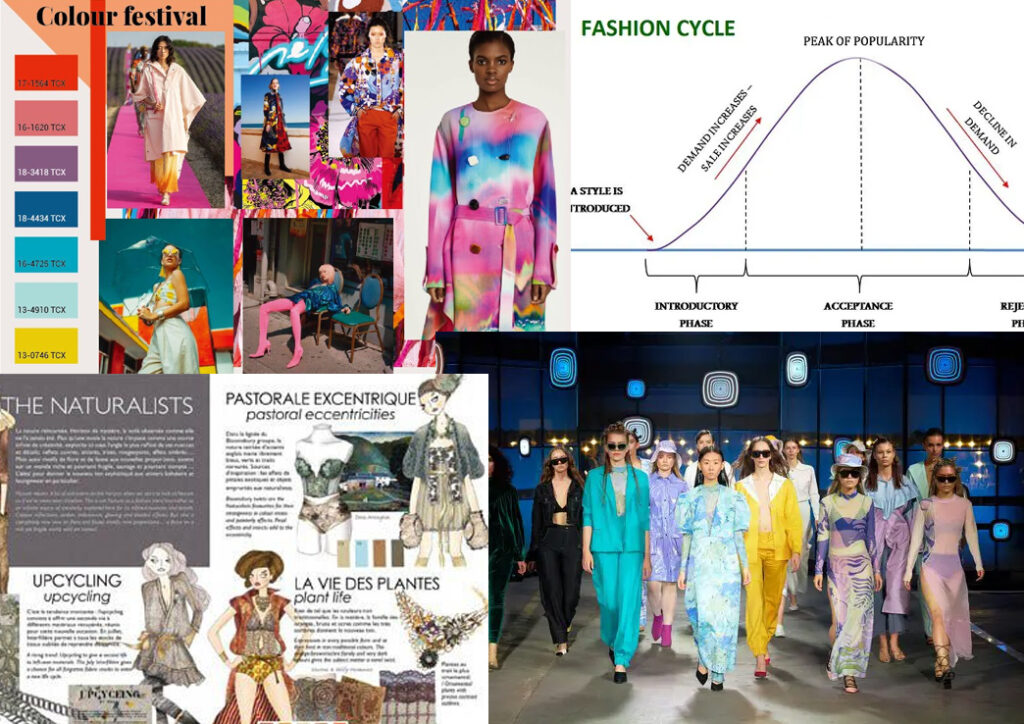
Conclusion
In conclusion, staying informed and ahead in the fashion game is utmost crucial to business and people who love to be ahead in personal style. Trends not only reflect the cultural shifts and social influences, but they also help in creating successful fashion products that help shape the future of the industry. Forecasting is an essential practice that help not just in saving billions of dollars but also in making products that resonate with the mindset of the end consumer.
Furthermore, trend analysis serves as a powerful tool for individuals to curate their wardrobe, experiment with new looks, and stay ahead of the curve in the world of fashion. Whether it’s incorporating elements of the latest trends into their outfits or putting their own spin on timeless classics, trend analysis provides endless opportunities for self-expression and creativity.
This blog has tried to inform you about the various aspects of trends and forecast in fashion. Although because of the dynamic nature of the fashion industry, these values and parameters will keep on evolving. But the underlying principle of observation and analysis remains the same. If you have enjoyed reading this blog, please leave in comments your thoughts and valuable feedback.



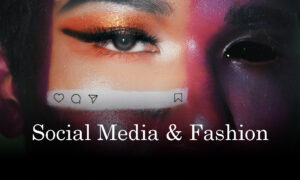



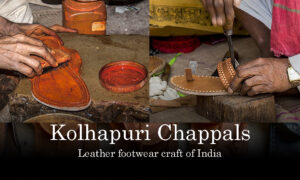



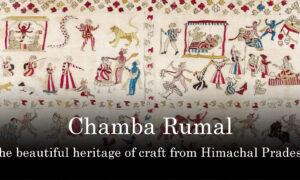

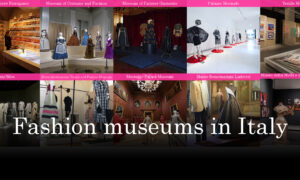

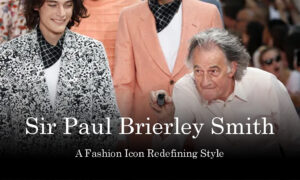

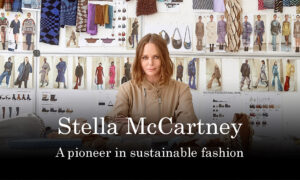







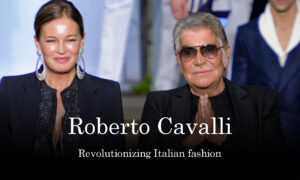



Pingback: Top 10 Fashion Forecasting Agencies Of The World